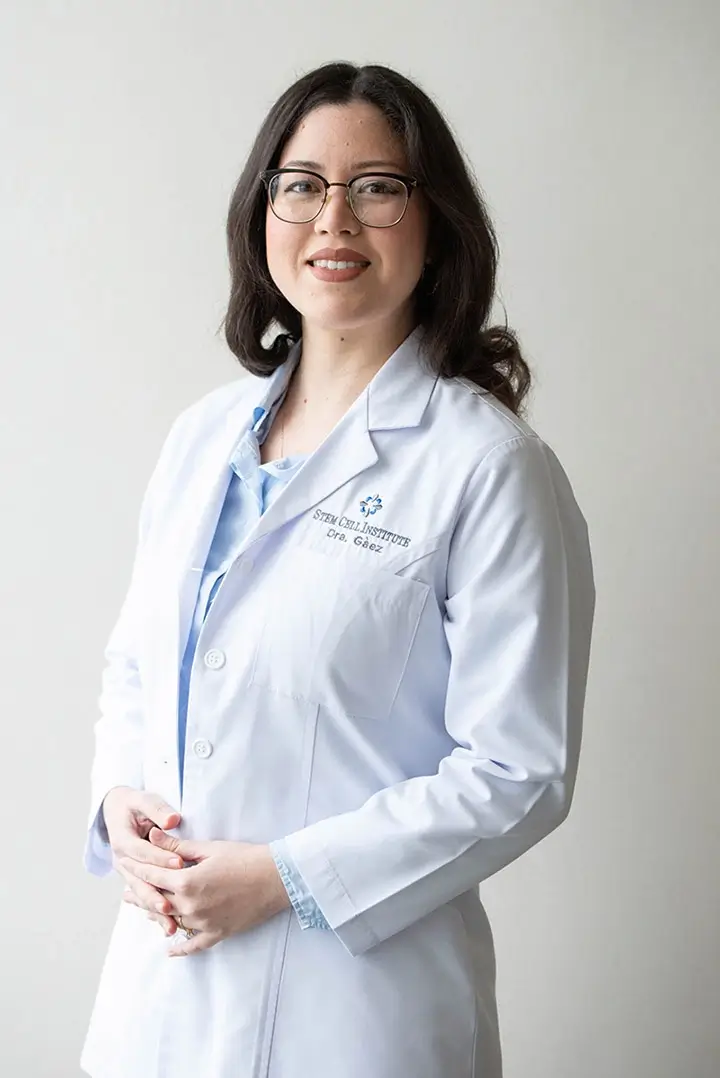Peng et al. Hepatology.
The liver is the most regenerative solid organ in the body. One can resect 2/3 of the liver and it will still regenerate back to normal size. There have been several experimental studies in animals where induction of liver injury is treated by administration of bone marrow stem cells. A video describing this may be seen at this link http://www.youtube.com/watch?v=XGdehdRApb0. Previous use of bone marrow cells in patients with liver failure has been described in a Japanese publication that is presented in this video http://www.youtube.com/watch?v=DdH6Mm4w98I.
A recent study Peng et al. Autologous bone mesenchymal stem cell transplantation in liver failure patients caused by hepatitis B: Short-term and long-term outcomes. Hepatology. 2011 May 23 from the 3rd Affiliated Hospital of Sun Yat-sen University, in GuangZhou, China reported outcomes of 53 patients with hepatitis B induced liver failure treated with 120 ml of their own bone marrow stem cells infused via the hepatic artery. These patients were compared to 105 control patients that were matched for age, gender, and liver enzymes. Additionally, the functional index of liver failure, the Model for End-Stage Liver Disease (MELD) score, was matched between the treated and control groups.
Bone marrow stem cells were isolated without complications. The cells were administered as a slow infusion into the hepatic artery. Given that hepatitis is associated with an increase in hepatic cancer, one of the concerns of bone marrow stem cell administration into this patient population is the theoretical possibility of accelerating tumor formation. This appeared not to be the case. Specificallyt, follow-up at 192 weeks post treatment revealed no differences in incidence of hepatocellular carcinoma (HCC) or mortality between the two groups. Additionally, there were no significant differences in the incidence of HCC or mortality between patients with and without cirrhosis in the transplantation group. In terms of efficacy, it appeared that 2 to 3 weeks after administration of bone marrow stem cells, the levels of ALB, TBIL, PT and the MELD score of patients who received stem cells were significantly improved as compared to control patients. Improvements where maintained in the majority of patients.
These data support the possibility of using autologous stem cells in the treatment of liver failure. One possible new and less invasive method would be to mobilize the existing stem cells of the patient by administering drugs such as G-CSF (Neupogen) that trigger entry of bone marrow stem cells into circulation. The therapeutic activity of stem cell mobilization was demonstrated by Zhang et al. Granulocyte colony-stimulating factor treatment ameliorates liver injury and improves survival in rats with d-galactosamine-induced acute liver failure. Toxicol Lett. 2011 Apr 27 who demonstrated that 5 day administration of G-CSF had therapeutic effects in the d-galactosamine-stimulated liver failure model.
Bone Marrow Stem Cells Successful For Liver Failure Caused by Hepatitis B

Reviewed By:
Verónica Gaez, M.D.
Staff Physician
Dr. Gaez specializes in anti-aging, orthomolecular medicine, and hospital management, with a focus on regenerative medicine and stem cell therapy. She earned her medical degree in 2015 and holds a research certification from Hospital del Niño de Panamá.
